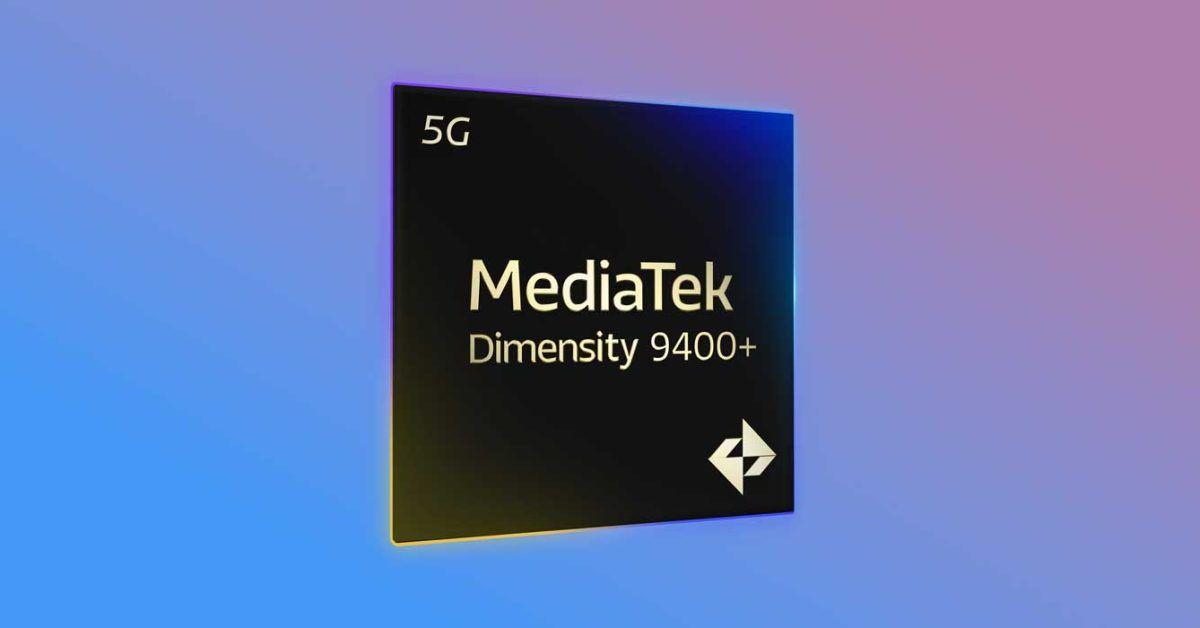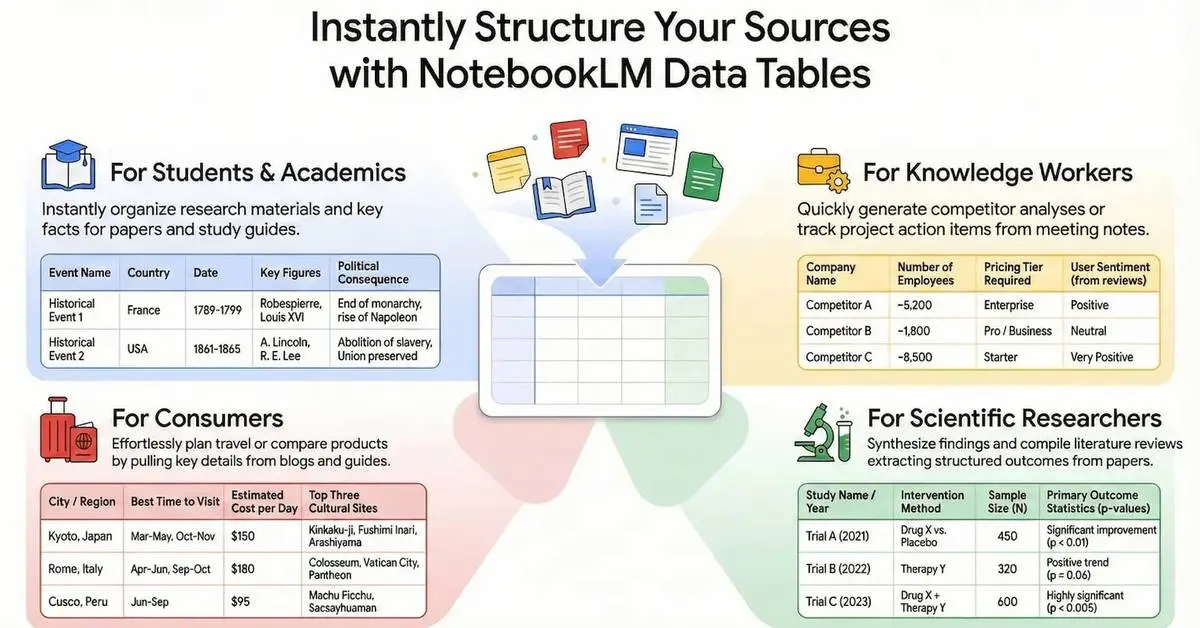MediaTek Dimensity 7350 Pro vs 7200 Pro: A Closer Look at the Latest Mid-Range Chipsets
2 Sources
2 Sources
[1]
Dimensity 7350 Pro vs Dimensity 7200 Pro Benchmark Comparison
The 7350 Pro also appears to do better in AI-related tasks than the 7200 Pro. The Nothing Phone (2a) Plus (review) has been launched, and it comes with a few noteworthy upgrades. Its main highlight is the new MediaTek Dimensity 7350 Pro 5G processor. The Phone (2a) Plus will be the first phone to come with the new chipset globally. But how does it fare against the Dimensity 7200 Pro from the original Nothing Phone (2a)? To help you understand the difference in performance, here's our Dimensity 7350 Pro vs Dimensity 7200 Pro comparison. Before checking the benchmarks, let's take a quick look at the spec sheet of the two chipsets from MediaTek. To begin with, we ran the Geekbench 6 CPU benchmark on both the devices equipped with the MediaTek Dimensity 7350 Pro and Dimensity 7200 Pro. As you can see from the results, the Dimensity 7350 Pro did better in both departments as it achieved a score of 1195 in single-core and 2622 in multi-core. The 7200 Pro wasn't far behind with 1114 in single-core and 2561 in multi-core. The higher-clocked cores of the 7350 Pro at 3.0 GHz do help with better results than last year's 7200 Pro, which has a high CPU frequency of 2.8 GHz. Though there isn't a major jump in performance as you might think given the naming scheme. Next, we ran a standard 15-minute CPU throttling test, and here, the results were essentially the same. Both the Dimensity 7350 Pro and the Dimensity 7200 Pro throttled down to 91% of their maximum efficiency. Just to make sure, we ran the test multiple times and the results came out pretty similar every time. Though the 7350 Pro executed a few more instructions than the older 7200 Pro, they both maintained sustainable performance, which is quite good. So in terms of efficiency and consistent performance, there is no difference between the two, bringing us to a tie. In AnTuTu benchmarks, the Dimensity 7350 Pro scored a total of 774686 whereas the 7200 Pro came second with a score of 718102. This isn't a huge gap and only a difference of about 10% as the company claims. Now, both the processors are pretty neck to neck in the CPU section, with the 7350 Pro performing a bit better. However, the major difference is in the GPU, as the 7350 Pro's Mali-G610 MC4 GPU scores almost 30% better than the 7200 Pro. This is surprising as both the chipsets come with the same GPU. The one on the 7350 is likely clocked higher. Though, the difference becomes almost negligible in the memory and UX regions. To test out the performance of the GPU, we ran the 3D Mark Wildlife Extreme Stress test. The MediaTek Dimensity 7350 Pro had the highest best loop score at 1,377 and the lowest loop score of 1337 with a stability of 97.1%. On the other hand, Dimensity 7200 Pro had a best loop score of 1155 coupled with a lowest loop score of 1145 with a stability of 99.1%. As we saw with Antutu, the GPU again performed better in this benchmark. This means that the newer processor should be slightly better at handling games. Given these are midrange processors, we didn't perform the Solar Bay tests as they don't support ray tracing. To test the AI performance, we ran the AITuTu benchmark. The Dimensity 7350 Pro scored 88,475 while the Dimensity 7200 Pro only managed to get 86167. The disparity in results could be because the 7350 Pro comes with the newer MediaTek 657 NPU. In comparison to the 650 that comes with the 7200 Pro. This shows that MediaTek's latest midrange processor will perform better when handling AI-related tasks. But again, there's not a very significant jump from the previous chipset. So overall, the new Dimensity 7350 Pro (benchmarks) does show improvements in some areas like the CPU, GPU, and AI performance. It does have a step up above last year's Dimensity 7200 Pro, especially given how well the GPU does this time around. However, it is not a massive leap forward, but just a long step ahead. They are pretty close in most areas and in some cases perform identically. Still, if you had to pick one, then go with the phone that comes with the latest Dimensity 7350 Pro. If you're still confused about which (2a) model to buy, you can check out our Phone (2a) Plus vs Phone (2a) comparison to get a better idea.
[2]
Dimensity 7350 Pro Tested: Benchmarks and Specs
The ARM Mali-G610 MC4 GPU also performs great in the 3DMark Wild Life Stress test, showcasing impressive stability. Nothing Phone (2a) Plus has been launched and it features MediaTek's Dimensity 7350 Pro chipset. Regardless of the strange naming scheme, it seems like an upgrade to the Dimensity 7200 Pro SoC. So to evaluate the chipset, we have benchmarked Dimensity 7350 Pro on several tests including Geekbench, AnTuTu, CPU Throttling test, 3DMark, and more. On that note, let's begin. Take a look at the detailed specifications of the Dimensity 7350 Pro chipset. In this first Geekbench test which stress tests the CPU, MediaTek's Dimensity 7350 Pro scores 1,195 in the single-core test and 2,622 in the multi-core test. Thanks to the Cortex-A715 core that is clocked up to 3.0GHz, it manages to get a marginally better score than the Dimensity 7200 Pro chipset in single-threaded tasks. In multi-threaded tasks though, it gets a decent score as there are only two Cortex-A715 cores and six Cortex-A510 cores. The CPU performance is roughly the same, compared to Dimensity 7200 Pro. In the AnTuTu benchmark, the Dimensity 7350 Pro chipset scores 774,686 points which is pretty good for a mid-range SoC. The CPU alone gets 227,138 points and the ARM Mali-G610 MC4 GPU achieves 214, 526 points. Since Nothing Phone (2a) Plus packs UFS 3.1 storage, it gets 72,048 points in the storage test. To stress test the CPU on the Nothing Phone (2a) Plus, we did a 60-minute CPU Throttling test, and it performed exceptionally well. Dimensity 7350 Pro's CPU throttled to 91% of its maximum performance, showing no visible drop in performance even for an extended period. Nothing has most likely baked in a large VC cooling system which is allowing the CPU to sustain its performance for a longer period. To benchmark the Arm Mali-G610 MC4 GPU on the Dimensity 7350 Pro SoC, we ran the 3DMark Wild Life Stress test. Again, it delivered great performance, achieving the best loop score of 4,786 and the lowest loop score of 4,642. The GPU remained pretty stable throughout the test, showcasing 97% stability. Although the Dimensity 7350 Pro chipset packs MediaTek's older NPU 657, it gets a decent score of 88,475 in the AITuTu benchmark. The newer NPU gets around 100K in the same AI test. So that wraps up our benchmark testing of Dimensity 7350 Pro. It's almost an identical chipset, compared to Dimensity 7200 Pro. The CPU cores along with the CPU cluster are the same. There is only a 200MHz increase for the Cortex-A715 core, which can now go up to 3.0GHz. The GPU also remains the same.
Share
Share
Copy Link
MediaTek's new Dimensity 7350 Pro chipset shows promising performance in benchmarks, outperforming its predecessor, the Dimensity 7200 Pro. This article compares the two chipsets and examines the potential impact on mid-range smartphones.

MediaTek's Latest Mid-Range Offerings
MediaTek, a leading semiconductor company, has recently introduced its newest mid-range chipset, the Dimensity 7350 Pro. This chipset is positioned as an upgrade to the previously released Dimensity 7200 Pro, aiming to enhance performance in the competitive mid-range smartphone market
1
.Architectural Improvements
The Dimensity 7350 Pro builds upon the foundation laid by its predecessor. Both chipsets feature an octa-core CPU configuration, with two high-performance Cortex-A78 cores and six efficiency-focused Cortex-A55 cores. However, the 7350 Pro boasts higher clock speeds, with its performance cores reaching up to 2.8GHz compared to the 7200 Pro's 2.8GHz
1
.GPU and AI Capabilities
In terms of graphics processing, both chipsets utilize the Mali-G610 MC4 GPU. The Dimensity 7350 Pro, however, is expected to offer improved gaming performance due to its higher clock speeds and potential optimizations. Additionally, both chipsets incorporate MediaTek's APU 650 for AI tasks, ensuring capable machine learning capabilities in mid-range devices
1
.Benchmark Performance
Recent benchmark results have shed light on the Dimensity 7350 Pro's capabilities. In Geekbench 6, the chipset achieved impressive scores of 1,139 in single-core and 3,099 in multi-core tests. These results indicate a significant performance boost compared to its predecessor
2
.Connectivity and Multimedia Support
Both chipsets offer 5G connectivity, with the Dimensity 7350 Pro supporting sub-6GHz networks. They also feature Wi-Fi 6E and Bluetooth 5.3, ensuring modern connectivity options for mid-range devices. In terms of multimedia capabilities, both chipsets support 4K video encoding at 30fps and can handle displays with up to 144Hz refresh rates
1
.Related Stories
Camera Capabilities
The Dimensity 7350 Pro supports camera setups with up to 200MP sensors, a feature shared with the 7200 Pro. This allows manufacturers to implement high-resolution camera systems in mid-range smartphones, potentially bridging the gap with flagship devices in terms of imaging capabilities
1
.Market Impact and Future Outlook
The introduction of the Dimensity 7350 Pro is expected to intensify competition in the mid-range smartphone market. With its improved performance and feature set, this chipset could enable manufacturers to offer devices with near-flagship capabilities at more accessible price points. As the first devices powered by the Dimensity 7350 Pro hit the market, it will be interesting to see how they compare to competitors and whether they can deliver on the promise of enhanced mid-range performance
2
.References
Summarized by
Navi
Related Stories
Nothing Phone (2a) Plus: A Subtle Upgrade to the Budget-Friendly Smartphone
31 Jul 2024

MediaTek Unveils Dimensity 9400+ SoC: Enhanced AI Performance and Gaming Capabilities for Flagship Smartphones
11 Apr 2025•Technology

MediaTek Unveils Dimensity 7400 Series: Bringing Advanced AI and Gaming to Mid-Range Smartphones
25 Feb 2025•Technology

Recent Highlights
1
Google launches Gemini 3 Flash as default AI model, delivering speed with Pro-grade reasoning
Technology

2
OpenAI launches GPT Image 1.5 as AI image generator war with Google intensifies
Technology

3
OpenAI launches ChatGPT app store, opening doors for third-party developers to build AI-powered apps
Technology





